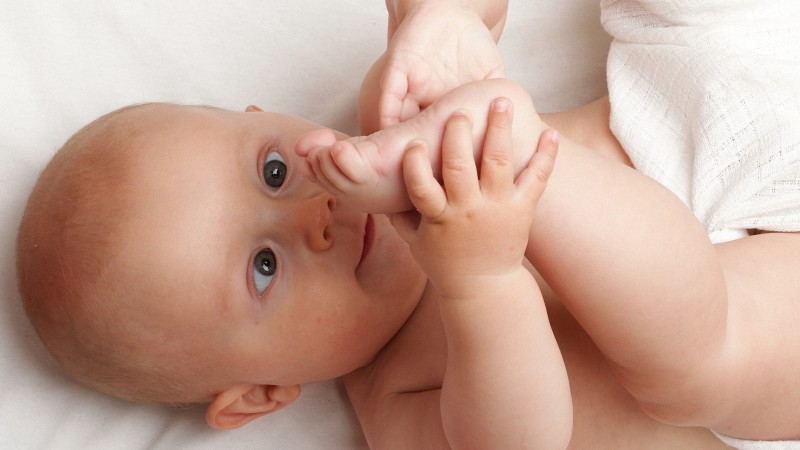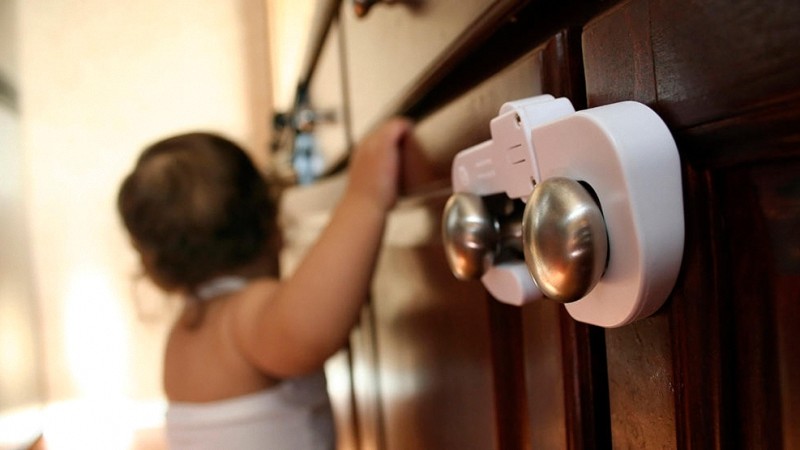If you belong to the over thirty percent of Americans who use a fireplace to heat your home, and if you have or are soon going to welcome a young child into your home, then you definitely need to baby-proof your fireplace! As lovely as the warm heat of the fireplace is, it is a clear hazard for a curious child, just starting to crawl or walk and attracted by the dancing, flickering lights within.
But don’t worry – you do not have to choose between your fireplace and your child! Read on to learn about several ways to childproof your fireplace.
Methods for Childproofing Your Fireplace
Whether you’re trying to keep your child safe from burns, bumps, or carbon monoxide poisoning, there are several important hazards to consider when you childproof your fireplace, and different solutions to protect your child from each of them. Here are some methods for you to consider applying as you childproof your fireplace!
Use a Baby Gate
No matter what kind of fireplace you have, the simplest and most direct way to keep your child safe from a burn is to keep them away from the fireplace altogether. You can achieve this with a baby gate, just like how you might fence off the top of a flight of stairs! This can mean creating a fenced off play area in the room for your child, surrounded by the baby gate. Alternatively, you can fence off the fireplace itself from the rest of the room, using a fireplace screen.
Play Area
The “play area” option allows you to keep your curious child contained while allowing them to have fun with whatever toys and games you supply them with. It’s much easier to keep an eye on your little one when you know exactly where they will be! This method does mean that the fireplace itself will still be exposed, so if your child learns how to climb out of the play area, as they all eventually do, you may want to consider fencing off the fireplace itself to avoid burns.

Fireplace Screen
If you choose to use a fireplace screen, avoid using a free standing screen – a baby just learning to walk can very easily pull down the screen, potentially falling into the fireplace! The screen should be sturdy, and firmly secured to the walls on either side of the fireplace. This method allows your child to have free range of the room without being able to come into contact with the fire. Fireplace screens do often come with a gate that will allow you to access the fireplace itself to start a new fire or add wood to an already burning one. Just be sure that your child is out of the way when you open the gate!
Decorate the Hearth
Another option is to simply not use the fireplace once you have a baby crawling around. If there is no fire, then there cannot be burns! But this does not mean that the fireplace no longer serves a purpose! The hearth can become the backdrop for a play kitchen or other sets of toys for your child. You can also decorate it in a multitude of ways, placing photos on the upper mantle or adding a cover. Some parents transform their fireplaces into a chalkboard or magnet board, perfect for creative fun!
Corner Guards
The fire itself is not the only hazard to your child to be found in a fireplace. If your fireplace has a stepped hearth, it may have sharp or rough edges which could potentially hurt your toddler as they start to figure out how to walk. To avoid these accidents, you can protect both your child and your fireplace with corner guards. These can be purchased online or crafted at home. In either case, be sure to use flame-retardant materials if you intend to continue to burn wood or gas in fireplace.
Fireplace Door Lock
Even when the fire is off, you definitely do not want your child getting into the fireplace. They will come out again looking like a chimney sweep, tracking soot around the house! A curious child may also end up pinching their fingers in the fireplace door as they try to figure out what is inside, just like they might try to get into your refrigerator, cabinets, or bathroom. A fireplace door lock is the answer here. You mount this lock over the handles of the doors of your fireplace, using a screwdriver.
Carbon Monoxide Detector
Whether you are burning wood, gas, or coal in your fireplace, the resulting fire releases carbon monoxide. Inhaling too much carbon monoxide can cause carbon monoxide poisoning, with symptoms such as nausea, headaches, confusion, drowsiness, chest pain, and complete loss of consciousness. This might not seem like an issue related to childproofing your fireplace, but children are even more susceptible to carbon monoxide poisoning than adults, because their bodies are smaller. If the vents or exhausts of your fireplace are not regularly and properly cleaned, then carbon monoxide levels in your house can reach harmful levels for you and your family. Worst of all, carbon monoxide can neither be seen, tasted, nor smelled – so you must be proactive to protect your child from this invisible side effect of your fireplace!
Naturally, the best way to avoid carbon monoxide poisoning is to not burn a fire at all. However, if you do have and use your fireplace, keeping your fireplace vents and exhausts clean and working well is essential. But even with the best and cleanest vents, carbon monoxide levels can rise. To keep track of these levels, you should invest in a carbon monoxide detector. One detector on every floor of your home is ideal. These detectors are plugged into an electrical socket and will sound a loud alarm if it detects an elevated carbon monoxide level, alerting you to evacuate and keep both you and your family safe.
Now you’re ready to create a safe home for your baby and yourself by childproofing your fireplace!

